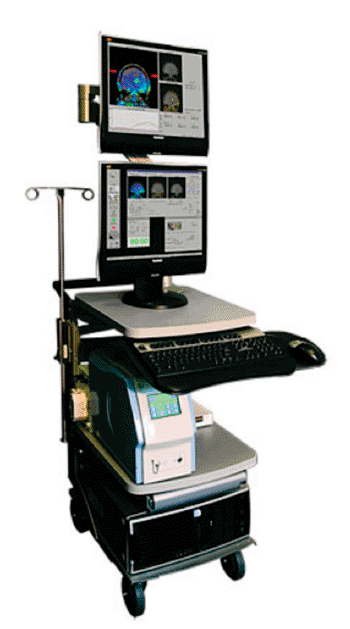Treating Brain Lesion Regrowth After Radiosurgery
By MedImaging International staff writers
Posted on 06 Jun 2013
A new study suggests that stereotactic laser induced thermotherapy (SLITT) is a feasible alternative for the treatment of symptomatic regrowing metastatic lesions following radiosurgery.Posted on 06 Jun 2013
Researchers at Yale University School of Medicine (New Haven, CT, USA) conducted a study to investigate the use of magnetic resonance imaging (MRI)-guided SLITT as a treatment option for regrowing lesions in six patients who had previously undergone gamma knife stereotactic radiosurgery for brain metastases; all patients had an initial favorable response to radiosurgery, but subsequently developed regrowth of at least one lesion associated with recurrent edema and progressive neurological symptoms. All the lesions were evaluated for craniotomy, but were deemed unresectable due to deep location or patient's comorbidities. Stereotactic biopsies were performed prior to the SLITT procedure in all cases.

Image: The Visualase system workstation (Photo courtesy of Visualase).
“SLITT is a feasible alternative for the treatment of symptomatic regrowing metastatic lesions after radiosurgery,” concluded lead author Juan Torres-Reveron, MD, and colleagues of the department of neurosurgery. “The procedure carries minimal morbidity and, in this small series, shows some effectiveness in the symptomatic relief of edema and neurological symptoms paralleled by radiographic lesional control.”
The Visualase system is a product of Visualase (Houston, TX, USA), and consists of three components: a laser generator that produces the light energy used for thermal ablation of soft tissue; a disposable laser applicator probe with cooling catheter to deliver the energy to the desired target; and a workstation that interfaces with an MRI to allow temperature visualization, control, and monitoring of the ablation in real time, as well as modeling of the of the tissue coagulation as it is being created.
Related Links:
Yale University School of Medicine
Visualase













